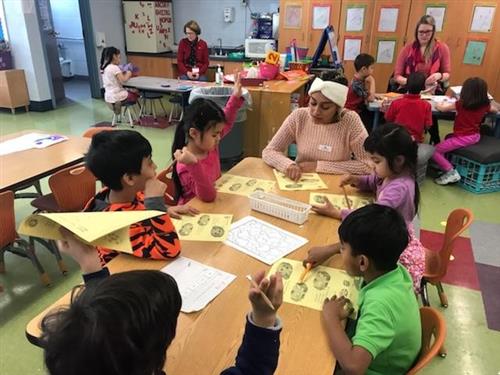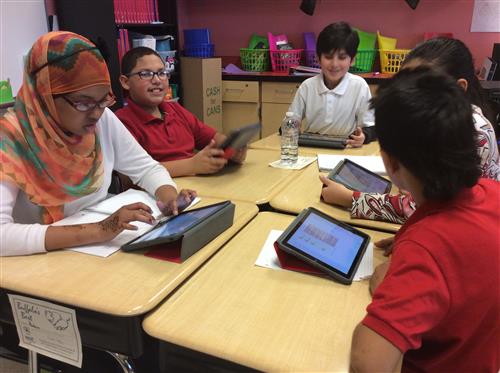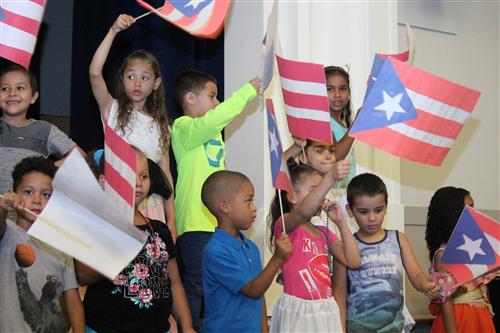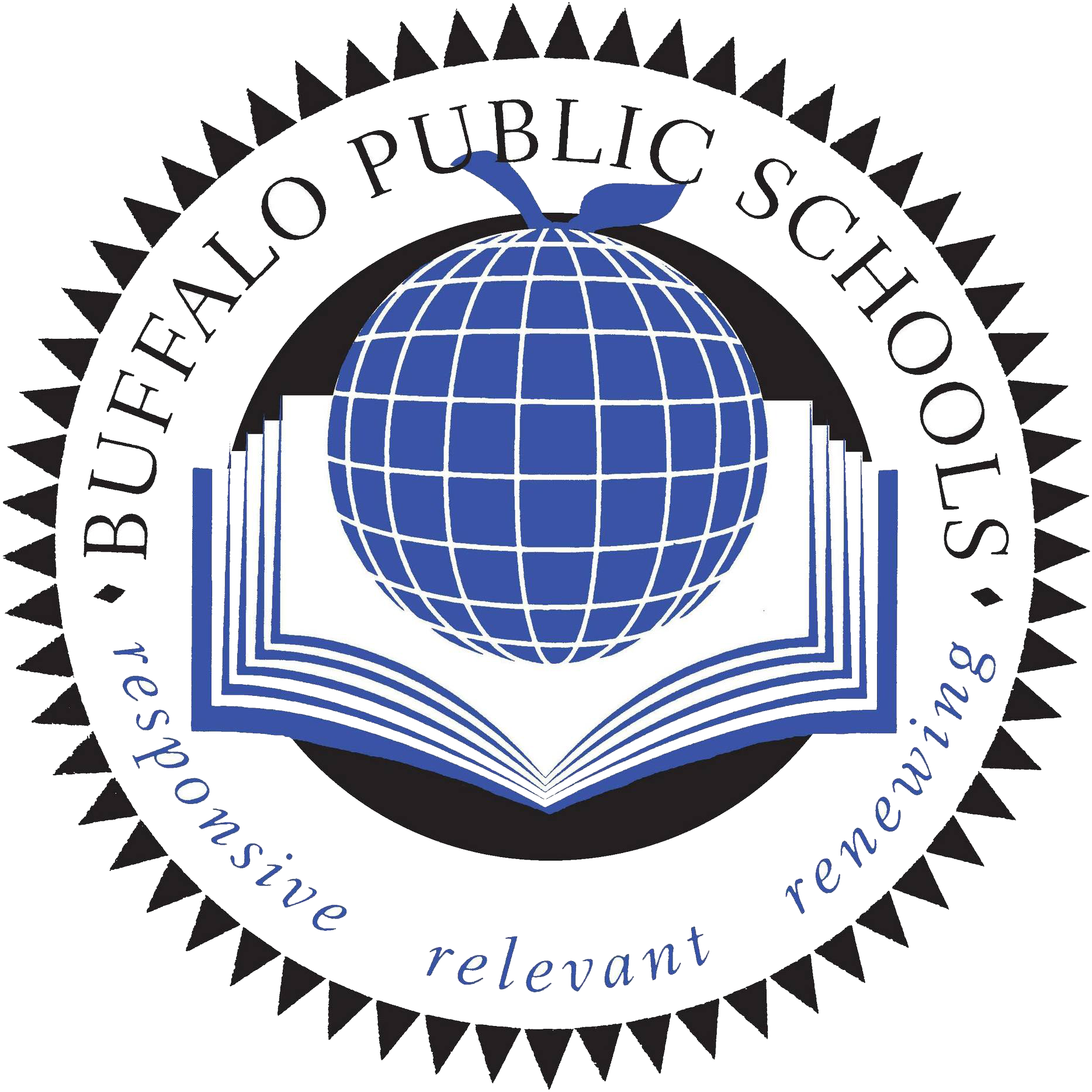Skip to content
![]()
![]()




NYS Commissioner Regulations Parts 151 And 154
Commissioner's Regulations Part 151
In 2014, the New York State Education Department of the Office of Bilingual Education-World Languages (OBE-WL) established the Committee on Bilingual Education in Prekindergarten Programs (the Committee), which is comprised of educators and advocates who believe in the importance of promoting receptive and productive oral and literacy development in young learners, as well as in the advantages of multilingualism.
The Committee supports the design of optimal learning environments which value linguistically diverse children and their families, and the creation of high-quality Prekindergarten programs that strengthen the language and literacy skills of all students and lead to narrowing academic achievement gaps. The Committee also works to support development of a highly effective workforce, and to equip educators with classroom tools and professional training to meet the needs of multilingual children in Prekindergarten. In order to incorporate academically and linguistically relevant instruction into Prekindergarten curricula and programs, it is critical for educators to recognize the experiences that young children have with diverse languages, and use this information to inform instruction and programming in Prekindergarten and beyond.
The OBE-WL has developed an Emergent Multilingual Learners Language Profile for Prekindergarten Students to identify students who speak a language other than English. The Department recommends use of the term “Emergent Multilingual Learners (EMLLs)” to refer to Prekindergarten students identified by this Language Profile. The Language Profile gathers information about all students in Prekindergarten, and identifies the existing language(s) and linguistic experiences of young students, rather than quantifying the level of English proficiency (unlike identification assessments like the NYSITELL, which do quantify students’ level of English proficiency). This information will assist educators in providing services that best meet the needs of EMLLs.
Commissioner's Regulations Part 154
In the fall of 2014, the New York State Board of Regents adopted the New York State Education Department’s (NYSED's) proposed amendments to Part 154 of the Regulations of the Commissioner of Education (CR Part 154). All districts and schools in New York State must comply with CR Part 154, which establishes standards for school districts having English Language Learners/Multilingual Learners (ELLs/MLLs), to assure that such students are provided opportunities to achieve the same educational goals and standards that have been established by the Board of Regents for all students. In accordance with the provisions of CR Part 154, each school district shall provide ELLs/MLLs equal access to all school programs and services offered by the district, commensurate with the student’s age and grade level, including access to programs required for graduation.
CR Part 154 requires that ELLs/MLLs receive appropriate services in order to acquire and develop English language skills and meet the standards in the core subjects expected at their grade and age levels. New York State has developed statewide principles outlined in “The Blueprint for English Language Learner/Multilingual Learner Success," which clarify expectations for administrators, policy makers, and practitioners to prepare ELLs/MLLs for success. These principles are intended to provide guidance and support for districts, schools, and teachers, as well as to promote a better understanding and an appreciation of Bilingual Education, English as a New Language, and World Languages.
Students eligible to receive services under CR Part 154 are those who score below a State designated level of proficiency on the New York State Identification Test for English Language Learners (NYSITELL) or, after having been identified as English Language Learners on the New York State English as a Second Language Achievement Test (NYSESLAT), as set forth in CR Part 154. For more detailed information and resources, please visit the New York State Education Department of Education’s Office of Bilingual Education-World Languages website.




